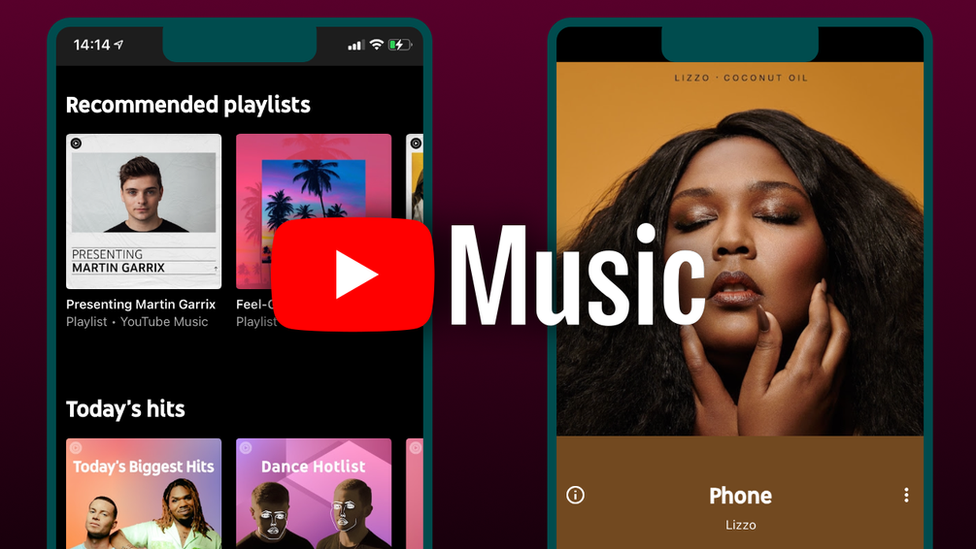5 Things You Must Know About YouTube Royalties
Lorem ipsum dolor sit amet, consectetur adipiscing elit. Duis nec condimentum quam. Fusce pellentesque faucibus lorem at viverra. Integer at feugiat odio. In placerat euismod risus proin.
Although YouTube can be a huge boon to artists, understanding the ins and outs of how the platform works (and how it makes you money) can be challenging. In this piece, we break down exactly what you need to know about earning royalties from YouTube.
Many musicians benefit from YouTube royalties. Sometimes, however, it can be difficult to navigate. Do you know where your royalties are coming from? We’re here to break it down, so you know exactly what works and what doesn’t. — Here are 5 things you should know about earning royalties on YouTube…

Any videos that use your songs earn you royalties.
Whether you uploaded the video yourself or not, your publisher can claim any video on any channel that has your music in it. This applies even if it’s a live performance, cover, or official recording.
Once your publisher claims it, they can monetize it (if it’s eligible), and you can start collecting royalties from it.
Masters vs Composition
There are two ways your songs earn royalties:
- From the master recordings ( aka the actual audio file)
- From the composition ( aka the underlying music and lyrics)Most labels and distributors only collect royalties from the master recordings they control. However, as a songwriter, you can get royalties from the composition as well. To do this, you’ll need someone to monetize your composition and collect those royalties on your behalf.
You need ads on your videos to generate royalties.
Royalties from YouTube come from a portion of ad revenue. Ads can only be served on videos if a copyright owner (aka a label, publisher, etc.) places a claim on a video and tells YouTube to monetize it.
One thing to note, however, is that any videos that are viewed through the platform’s paid services, like YouTube Premium and YouTube Music Premium, DO get royalties
——–
There is no set royalty rate for everyone.
Figuring out exactly how much a video is going to earn from royalties in advance is particularly difficult. It depends on a lot of factors. The type of ad on the video, territory in where the view took place, time of year, whether it was viewed on a paid platform or not, and more all play a role.
Generally, the more popular the video is the higher the ad rate paid by the advertiser.

- Not just any video on YouTube can be monetized.
Previously, the only requirement for video monetization was to have 10,000 public views on it. Back in 2018, those rules were tightened. Now, in order for a YouTube video to be eligible for monetization, it must have BOTH of these:
- at least 1,000 subscribers
- 4,000 hours of watchtime over the past 12 months
In Conclusion…
With all of the buzz around other platforms like Spotify and SoundCloud, YouTube is often overlooked as just a video streaming service. However, YouTube is one of the biggest music streaming services in the world. — Are you making the most of it?


